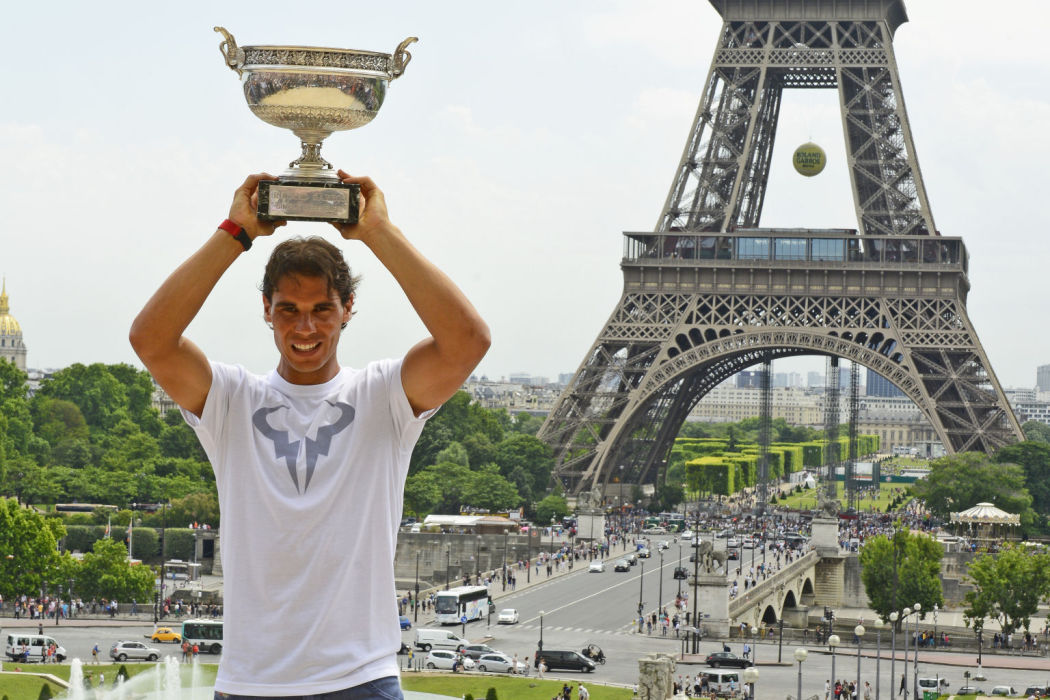tennis MAGAZIN exclusive: New York Times columnist Clarey about Nadal
By Christopher Clarey
This is an extract of the exclusive column by the renowned journalist Christopher Clarey ( New York Times), which was published in tennis MAGAZINE 06/18 on 22. may 2018. You can order the whole column including the magazine HERE.
I have been writing about Rafael Nadal since 2002, and the first time I did so is a journalistic moment I would rather forget.
I enlightened my readers with the news that the young Spaniard, then just 15, had something in common with another 15-year-old, the Frenchman Richard Gasquet in that both struck their backhands with one hand.
It should come as no surprise that I had never seen Nadal play on a court or a screen at that stage (You Tube was still three years away from existence).
But I have gotten to know him – and his tennis – quite a bit better since then.
I was there in the van with the teenaged Nadal and his family in 2005, driving around Paris late at night after he won the French Open on his first attempt. I was there in the van with him again last year on a rainy day in Prague as he and new teammate Roger Federer shared a ride and an interview on the way back to their five-star hotel before the first Laver Cup. What have I learned from the experiences?
That talent, humility and passion are a potent and rare blend: one that leads to unusual staying power despite what so many of us predicted.
We were convinced, after speaking with coaches and physiotherapists, that he was destined for a relatively short career because of his punishing style, his inability to win too many free points with his serve and because of his unusual and extreme forehand technique. He would, in our minds, be more Gustavo Kuerten than Andre Agassi .
But though Nadal has indeed had his injuries and setbacks, he has proven us wrong: coming back from pain and playing through more of it to make double digits his trademark on clay.
Eleven Monte Carlo Open singles titles. Eleven Barcelona Open singles titles. Ten French Open singles titles: more than any man has won in the Open era or Shamateur era at any Grand Slam tournament. Talent. Humility. Passion.
He never would have done it with just two of those ingredients. He needed all three. The talent was clear from the start: the explosive foot speed, the natural power, the agility and the timing. These would allow him again and again to turn defense into offense, even from seemingly vulnerable positions.
With his taste for roaming deep behind the baseline, a drop shot seemed a fine idea until you tried one. And no approach shot ever has seemed entirely safe with Nadal’s ability to conjure convincing passing shots at full stretch.,For all those who think it has been easier for him to do this on clay than other surfaces, think again.
“It’s much easier to be a great retriever on a hard court, because you have more to push off on,” former French Open champion Jim Courier once told me. “You can wrong-foot people on this surface more than any other.”
Nadal’s footwork is worthy of academic study, but he also has long been an underrated tactician: able to make major mid-match shifts even without seeing the signals from his uncle and long-time coach Toni Nadal.
You can order the whole column including the magazine HERE.nike air jordan 1 outlet | best nike basketball shoes






